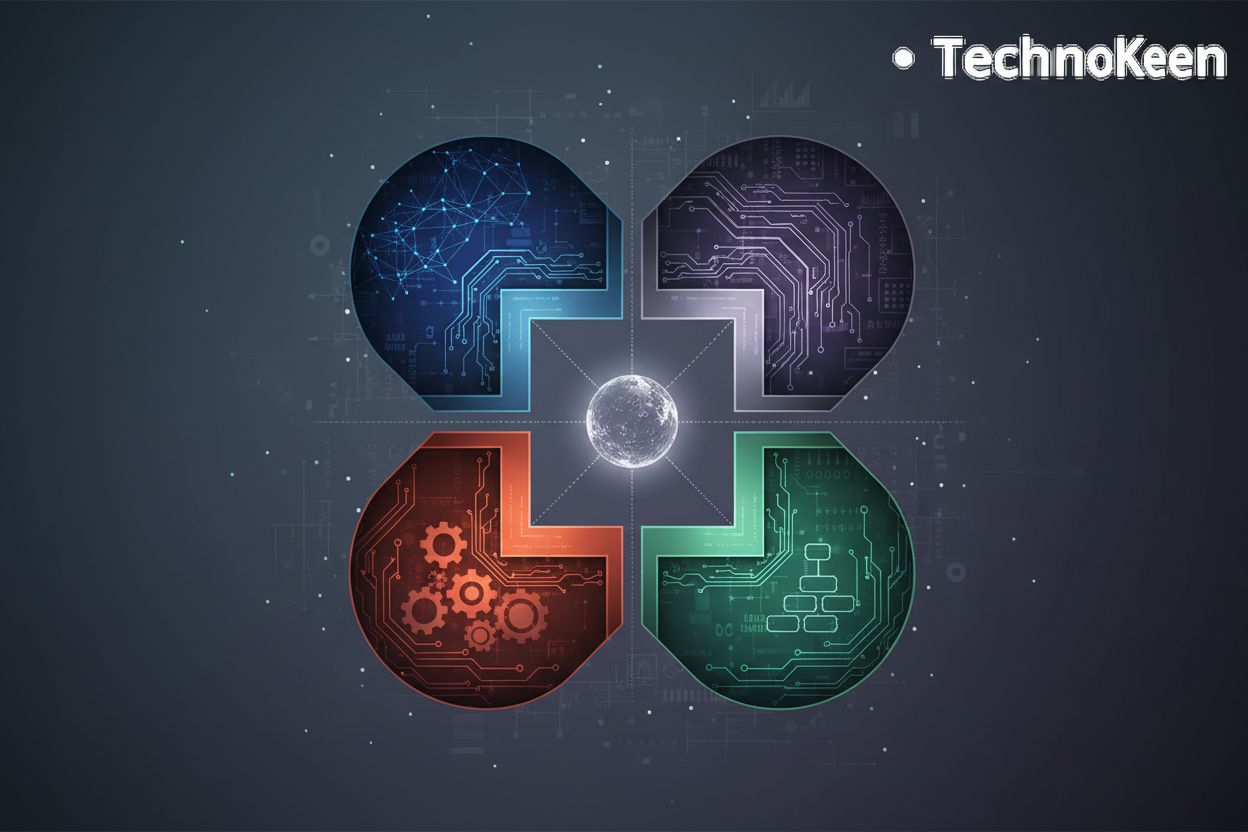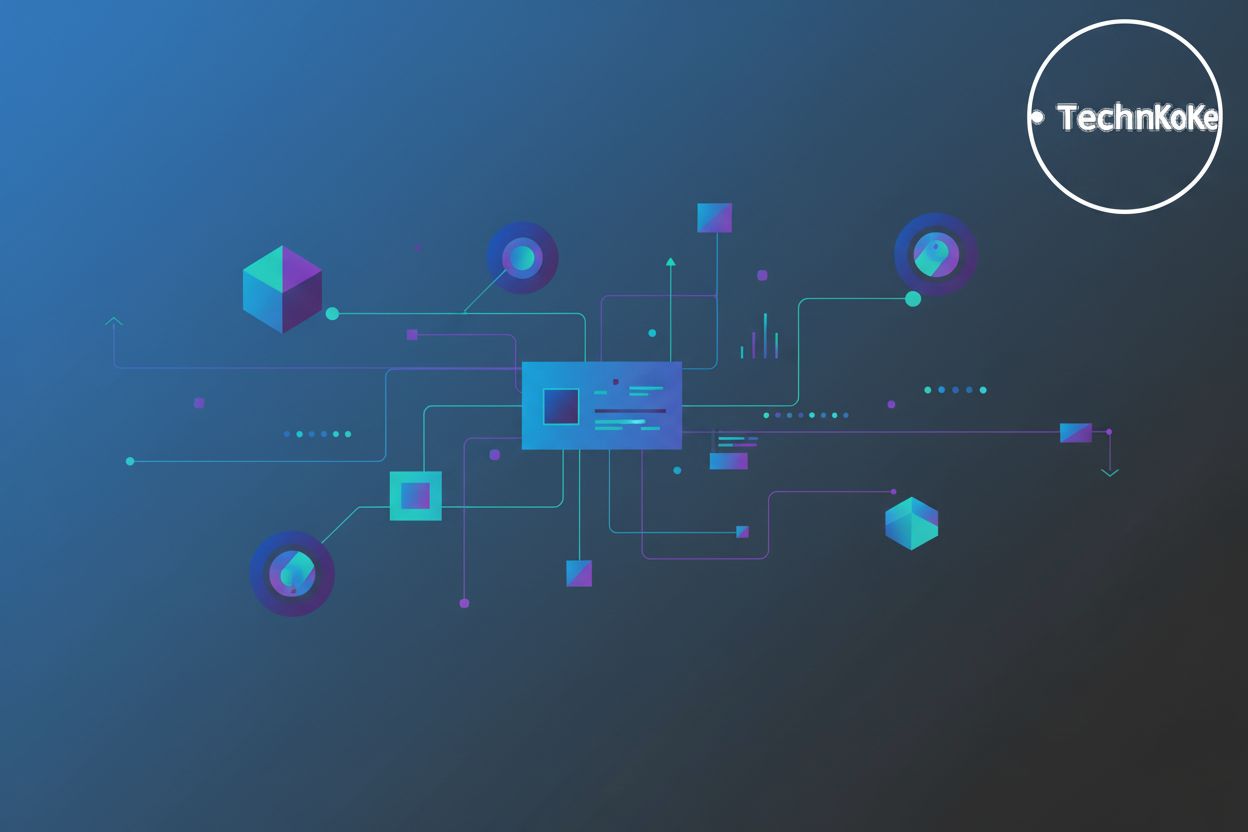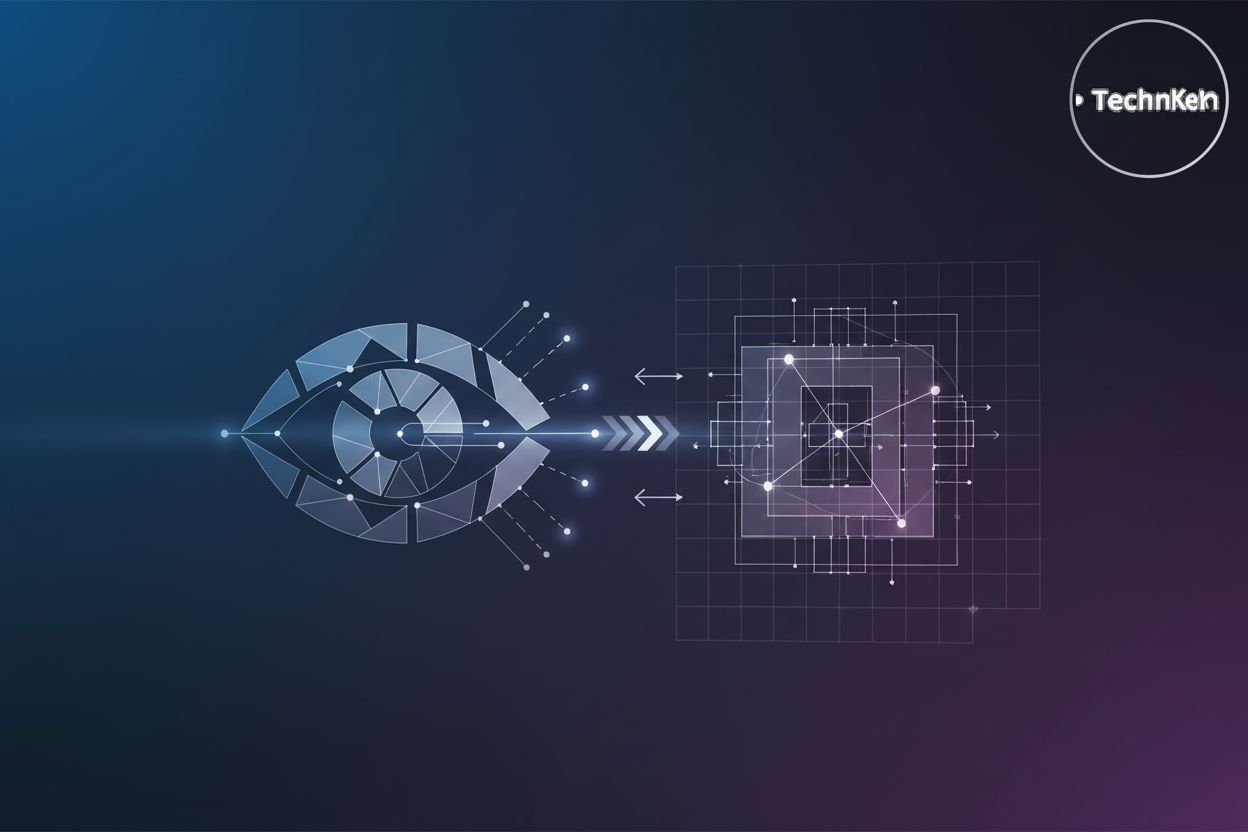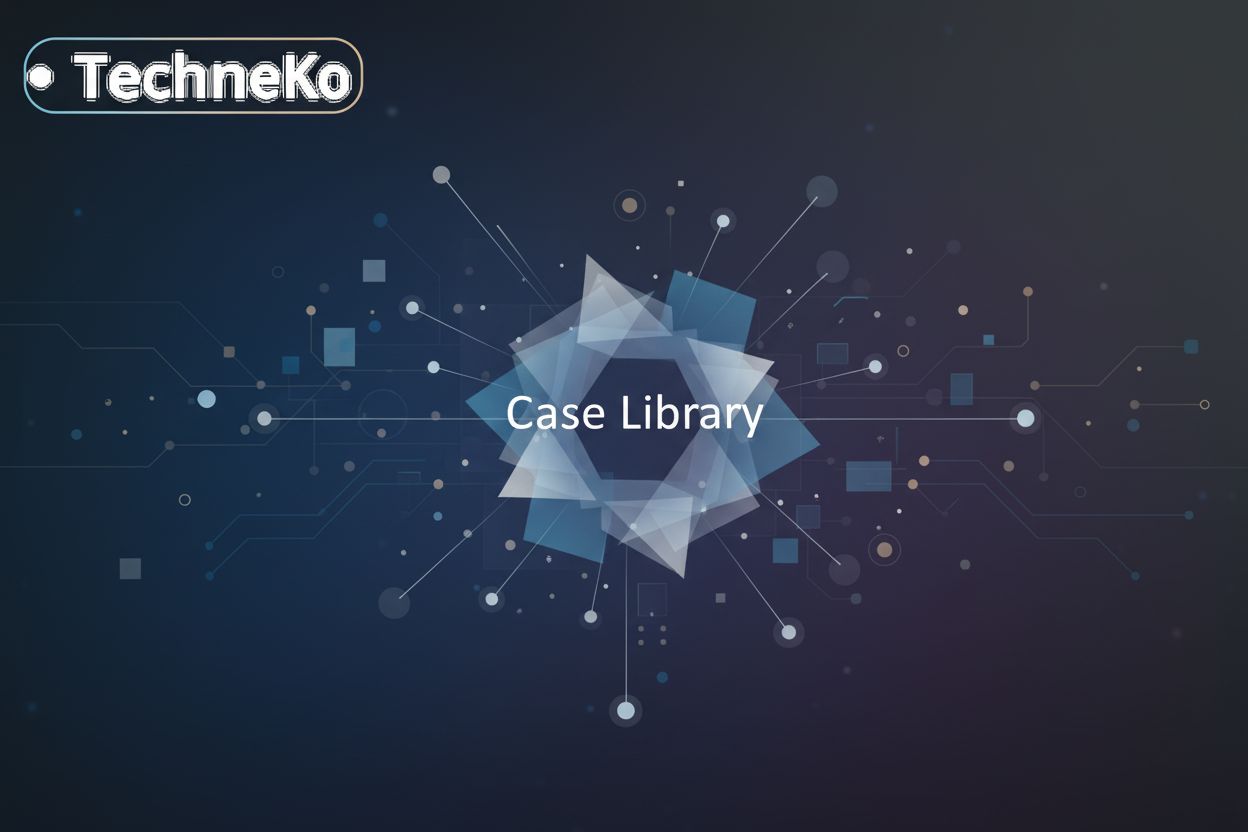Class Activation Maps in Deep Learning: An Overview
TL;DR
Introduction to Class Activation Maps (CAMs)
Okay, so you're staring at a deep learning model, right? It's like a black box. How can you trust what it's doing?!
Here's the deal with Class Activation Maps (CAMs):
- They light up the areas in an image that the model's using to make its prediction.
- It's like giving the model glasses, so you can see what it's seeing.
- This makes the model more open and trustworthy. Research in 2309.14304 highlights the importance of interpretability for sensitive applications, and CAMs contribute to this transparency.
Let's get into the specifics...
How Class Activation Maps Work
Okay, so you've got this neural network, and it's doing its thing, but how can you really see what it's seeing? That's where Class Activation Maps come into play.
CAMs let you visualize what parts of an image the model is focusing on when making a prediction. Think of it like a heat map that highlights the important areas. So, how does this magic actually work?
- It starts with convolutional layers. These layers act like feature extractors. They sift through the image, picking out edges, textures, and patterns. Each convolutional layer produces a set of feature maps, which are essentially grids representing the presence of specific features at different locations in the image.
- Next up: Global Average Pooling (GAP). This is where things get interesting. GAP takes those feature maps from the final convolutional layer and squashes them down into a single number per map. It calculates the average activation value across all spatial locations for each feature map. This summarizes the importance of each extracted feature across the entire image.
- Finally, weights connect GAP outputs to class predictions. These weights, learned during the model's training, are crucial because they tell the model how important each summarized feature (from GAP) is for predicting a particular class. To generate the final activation map for a specific class, we take a weighted sum of the feature maps from the last convolutional layer, where the weights are those learned by the fully connected layer (or equivalent) that predicts the class. This weighted sum is then typically upsampled to the original image size and visualized as a heatmap.
It's all about tracing back which parts of the image had the biggest influence on the final decision.
The result? A clear picture of what the model "thinks" is important. You can see if it's focusing on the right things or getting distracted by irrelevant details. And that's pretty powerful stuff.
Next up, we'll dive into the mathematical underpinnings of CAMs, but don't worry, it's not as scary as it sounds.
Variations of Class Activation Maps
Okay, so you've got your basic Class Activation Maps down, but what if you need something a bit more...extra? Turns out, there's a whole family of CAMs ready to step up. Think of it like leveling up your visualization game; it's not just about seeing, but understanding better.
Grad-CAM, or Gradient-weighted Class Activation Mapping, is like the cooler cousin of CAM. The original CAM needed a Global Average Pooling (GAP) layer, which is a bit limiting, right? Grad-CAM ditches that requirement, so it works with way more models.
Instead of relying on GAP, it uses the gradients of the output score with respect to the feature maps. Basically, it looks at how much each feature map influences the final prediction. This means you don't have to retrain your model just to get some insights.
And get this: Grad-CAM isn't just for image classification. It can handle other computer vision tasks, like Visual Question Answering (VQA). Imagine using it to see what parts of an image a model is "looking at" when answering a question – pretty neat, huh?
Now, sometimes, Grad-CAM struggles when the thing it's trying to focus on is small in the image. That's where Grad-CAM++ comes in. It's like Grad-CAM, but with a boost! Grad-CAM++ assigns bigger weights to those super important pixel gradients.
It uses higher-order gradients, which basically means it’s doing a more precise job of figuring out what matters. So, if you've got multiple things in the image that the model's keying in on, Grad-CAM++ does a much better job of highlighting them all.
Think about using this in retail. Say you want to see if your ai model is correctly identifying multiple products on a shelf; grad-cam++ would be the way to go.
Score-CAM takes a different approach. Instead of relying on gradients, it uses the model's own predictions to weight the importance of different regions. It iteratively masks parts of the image and observes how the class score changes, effectively learning which regions are most influential for the prediction. This can lead to cleaner and more discriminative heatmaps.
Eigen-CAM is another variation that leverages the eigenvectors of the feature map activation matrix. It aims to capture the most significant patterns in the feature maps, providing a more global understanding of what the network is attending to. It's particularly useful for understanding the overall salient regions.
Honestly, it's a whole zoo of CAMs out there.
While these variations offer enhanced capabilities, it's important to understand the overarching benefits and limitations of using CAMs in general.
Benefits and Limitations of CAMs
Okay, so CAMs aren't perfect, but what is, right? Understanding their pros and cons is key before you dive in...
Here's a quick rundown:
- Visual Explanations: CAMs provide intuitive heatmaps that highlight the image regions most influential for a model's prediction. This demystifies the "black box" nature of deep learning models, making them more interpretable. For example, if a model predicts "cat," a CAM can show if it's focusing on the cat's face, body, or perhaps an irrelevant background element.
- Dataset Issue Detection: CAMs can help spot problems within your dataset. If a model consistently focuses on a specific background artifact (e.g., a watermark, a particular type of lighting) for a certain class, it suggests the model is learning spurious correlations rather than true features of the object. This can indicate issues like class imbalance or the presence of confounding factors in the training data.
- Architectural Constraints (Original CAMs): A key limitation of original CAMs is their requirement for specific architectural components, such as a Global Average Pooling (GAP) layer, which restricts their applicability to certain model types. This means you might need to modify your model architecture or use variations like Grad-CAM if your model doesn't have a GAP layer.
- Spatial Information Fuzziness: While CAMs highlight important regions, the spatial information can sometimes get a little fuzzy. This means the exact boundaries of the highlighted areas might not be perfectly precise. This can happen because the feature maps are often downsampled during the convolutional process, and the upsampling to create the final heatmap can introduce some blurriness. For instance, when identifying a small object, the heatmap might cover a slightly larger area than the object itself.
CAMs in AI Agent Development and Deployment
Okay, so you've built this fancy ai agent, but how do you know it's actually doing what it's supposed to do? That's where Class Activation Maps—or CAMs—come in!
Debugging: CAMs can help you debug your ai agents by letting you see what the agent is "looking at" when it makes a decision. For example, if a self-driving car agent fails to detect a pedestrian, a CAM could reveal if it was fixated on a distracting billboard or a shadow instead of the actual pedestrian. It's like giving the agent a little thought bubble!
Ensuring Correct Focus: You can also make sure the agent isn't keying in on the wrong things. I mean, nobody wants an agent making decisions based on, like, spurious correlations, right? For instance, an agent trained to identify healthy plants might be focusing on the color of the pot rather than the leaves. A CAM would quickly highlight this misdirection.
Building Trust: This builds trust, especially when you're using ai agents for important stuff. If a medical diagnostic agent highlights the relevant part of an X-ray that led to its diagnosis, doctors are more likely to trust its recommendation.
Auditing: CAMs can help you audit your agent to make sure it's following the rules. For example, in a content moderation agent, CAMs could show if it's flagging inappropriate content based on the actual offensive material or on unrelated visual cues.
Spotting Vulnerabilities/Biases: They also help spot any sneaky vulnerabilities or biases that might be hiding in the agent's decision-making process; nobody wants a biased agent, am i right? If an agent consistently misclassifies faces from a particular demographic, CAMs could reveal if it's focusing on irrelevant features or skin tone rather than the actual subject matter.
Supporting Responsible AI: Plus, it supports responsible ai practices, which is always a good look. By understanding why an agent makes a decision, developers can ensure it's acting ethically and fairly.
So, that’s how CAMs can boost trust and reliability in your ai agents. Now, let's go on to the next part.
Conclusion
Okay, so, we've been digging into Class Activation Maps, and you might be wondering, "So what? What's the point of all this?" Well, let me tell you...
- CAMs, and explainable ai in general, are like the seatbelts of the ai world, right? They help keep things safe and trustworthy. ai is makin' its way into everything, and we need to know it's not just spouting nonsense.
- Research is still goin' on, too. Folks are findin' new ways to make CAMs even better at showin' us what's goin' on inside those models. It's like turnin' on the lights in a dark room.
- When we get how models decide, we make better ai. Simple as that.
- Plus, transparency is a two-way street. It builds trust, sure, but it also forces us to be more responsible about how we use ai.
- So, if you're messin' around with deep learning, CAMs... they're not just a nice-to-have. They're a must-have in your toolbox. It's like havin' a compass in the wilderness--ya don't wanna get lost, do ya? As mentioned earlier 2309.14304, interpretability is key for sensitive decisions.
So, yeah, CAMs are pretty darn important. Worth lookin' into, ya know?




